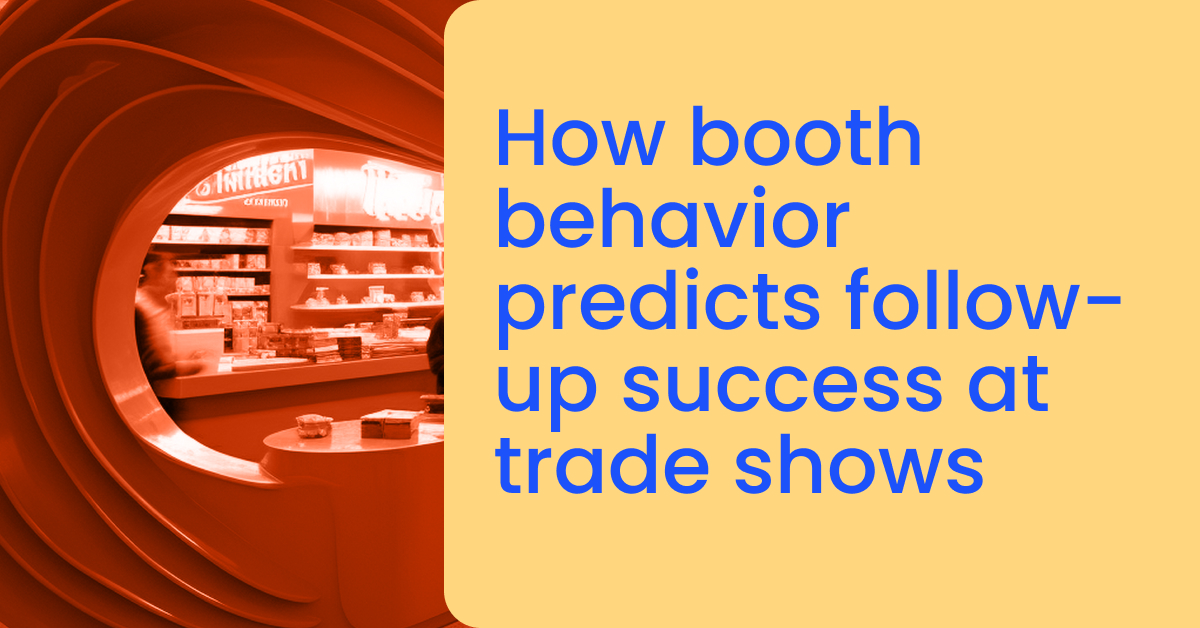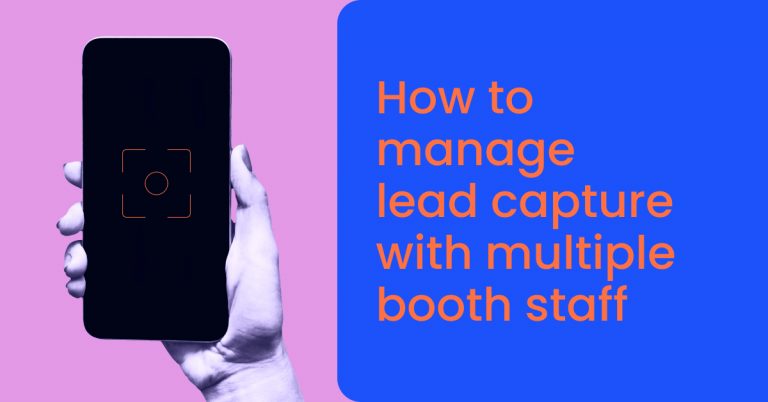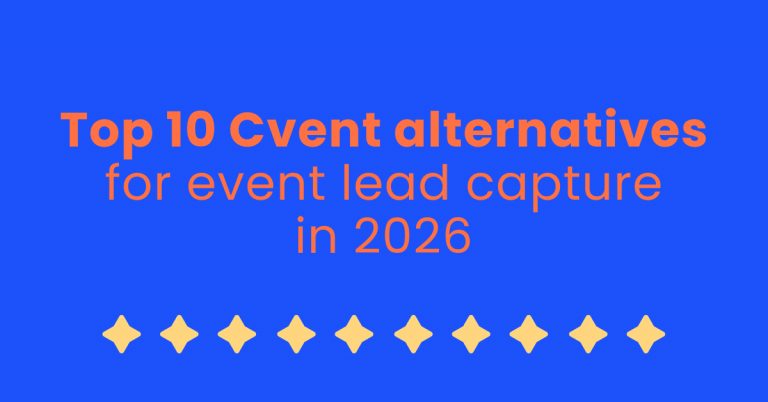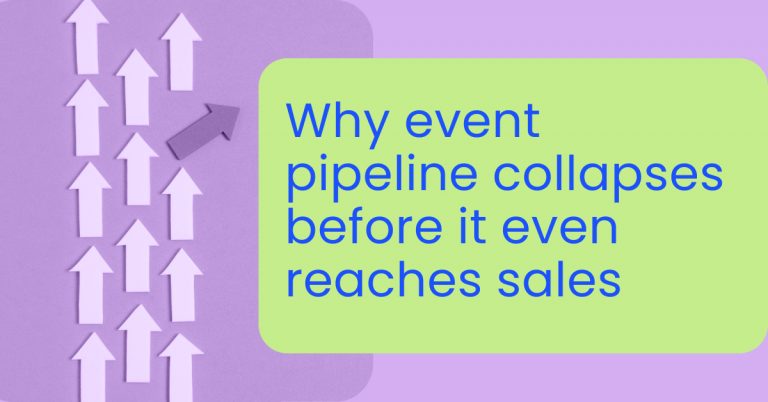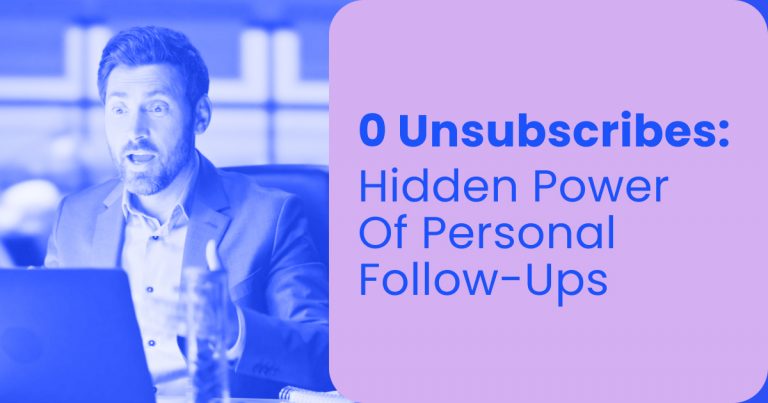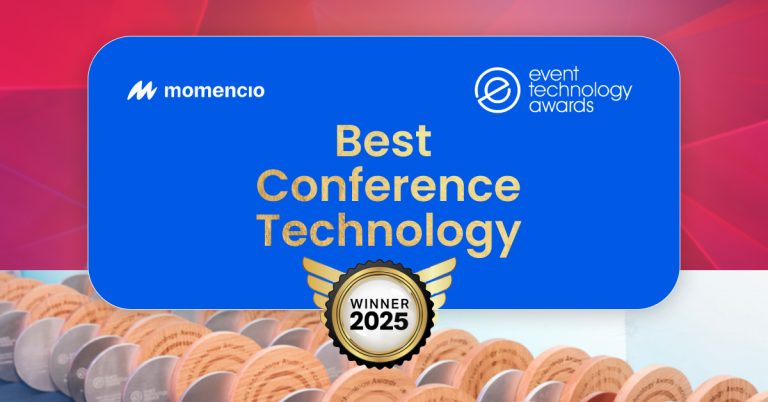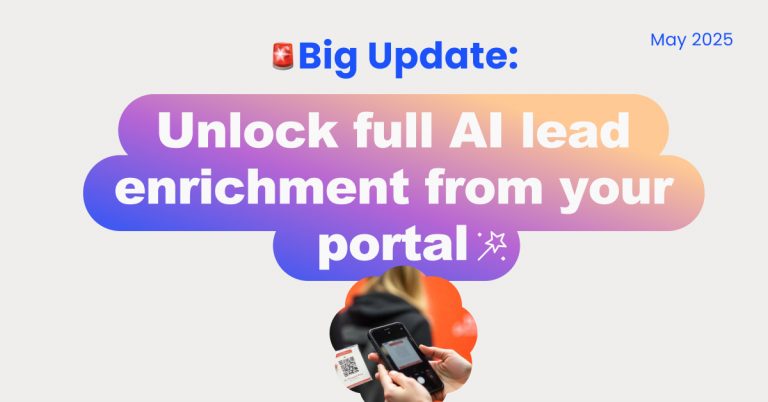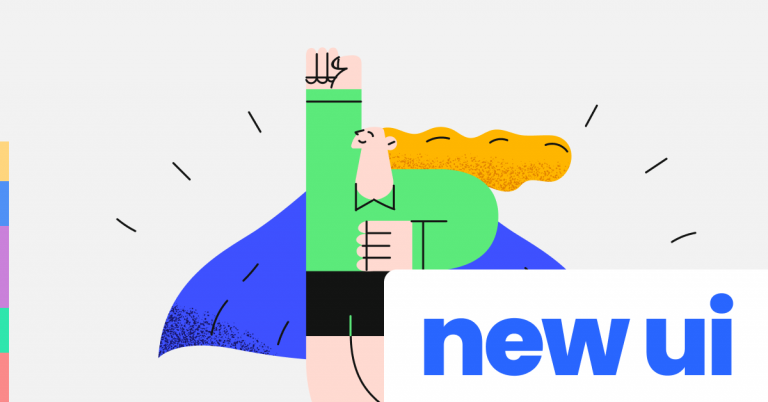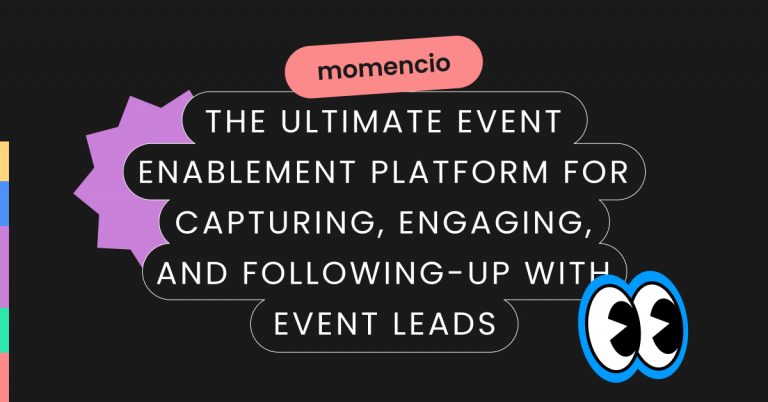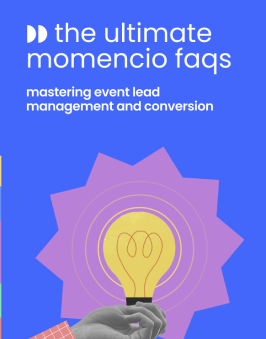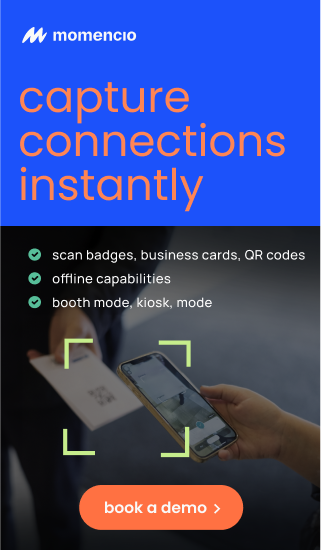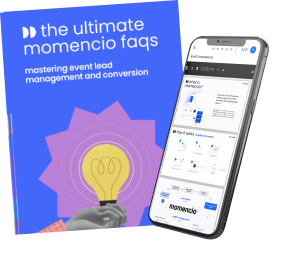Most teams treat follow-up like an isolated task that begins after the event. The show ends, reps return home, marketing sends a thank-you email, and sales starts chasing a spreadsheet. But in reality, the outcome of your follow-up is set long before anyone hits send. The real predictor of post-event success is not your nurture sequence or your sales script. It is the behavior you captured at the booth.
How someone moved, stayed, interacted, asked questions, or returned tells you far more about their buying intent than any form fill or generic lead score. Trade shows are full of noise, but human behavior at the booth cuts through the ambiguity. When captured correctly, these signals tell you exactly who to prioritize, how to personalize your outreach, and when to strike.
This is where most exhibitors fall short. They walk away with names when they should be walking away with signals. They collect leads when they should be collecting context. They chase volume when the real power lies in depth.
And the data backs it.
Below are the four booth behaviors that predict follow-up success better than any traditional lead metric, along with how to translate them into practical, high-impact follow-up actions.
1. Depth beats foot traffic: why dwell time predicts deal probability
Booth teams obsess over traffic. How many came in, how many scanned, how many stopped. But traffic tells you almost nothing about intent. What matters is how long they stayed and what they did during that time.
Assaf Sternberg, Founder and CEO of Tiroflx, discovered just how powerful those extra moments are:
“Attending numerous trade shows such as Canton Fair and Ningbo International Convention, the most surprising metric we tracked wasn’t leads, but dwell time. We discovered visitors who spent just two extra minutes at our booth were 5x more likely to convert later. It taught us that engagement depth beats volume; meaningful interactions always outperform quick handshake.”
This is the most important behavioral signal your team can capture because it reveals genuine curiosity. A long dwell time means the attendee is processing what you offer. It means they are not just collecting swag or polite-scanning on autopilot. They are trying to understand something. That makes them a completely different category of lead.
Most exhibitors treat all scans the same. That is a mistake. A lead who stayed for three minutes should not be grouped with someone who paused for ten seconds. They are not equal. They should never be followed up the same way.
Follow-up action:
- Prioritize high-dwell contacts within the first 24 hours.
- Reference the moment they engaged to trigger instant recall.
- Insert a personalized insight based on what they paused to look at.
This moves you from a cold restart to a warm continuation of a real moment they remember.
2. Interaction intensity predicts post-event commitment
Not all booth interactions are created equal. Watching from a distance is passive. Picking up a brochure is shallow. Scanning a badge is mechanical. But interacting with something hands-on is a commitment. It signals trust, curiosity, and willingness to spend time.
Corina Tham, Sales, Marketing and Business Development Director at CheapForexVPS, saw a clear difference:
“As a Business Development Director deeply immersed in the world of forex and trading technology, one of the most surprising metrics I uncovered at a trade show was the significant correlation between attendee engagement at interactive booths and their subsequent investment in trading solutions.
This insight revealed just how critical hands-on experiences are in fostering trust and interest among potential clients. By analyzing participant behavior through data analytics, it became evident that attendees who actively engaged with live technology demos and interactive simulations were 45% more likely to follow up post-event compared to those who only observed or collected materials. This finding reinforced the importance of crafting immersive, technology-driven experiences at events to bridge the gap between curiosity and commitment in a competitive market.”
This matters for two reasons. First, interaction forces the visitor to slow down. Second, it creates a small but critical psychological investment. Once someone has engaged meaningfully, they are more open to continuing the conversation later because they were part of the experience.
Exhibitors waste this signal every day. They capture the name but not the fact that the person actually interacted. They follow up with a generic demo offer instead of acknowledging the specific action that already happened.
Follow-up action:
- Mention the interactive moment in the first message.
- Reference the specific tool, feature, or problem they engaged with.
- If there was a live demo, send a short tailored recap video or microsite.
This creates continuity, which dramatically increases response rates.
3. Personal relevance is the strongest indicator of buying intent
The next behavioral predictor has nothing to do with how long someone stayed or what they touched. It is what they asked.
Marta Pawlik, Co-Founder and Director at Laik, measured this precisely:
“During a trade show, I was measuring the length of stay of visitors in our booth. I discovered that individuals who were able to spend over seven minutes did not necessarily book a property or request additional information. The most positive indicator that they were interested was the number of various questions they had concerning the process of preparing rooms to host customers and the way we contribute to the local communities. Tourists who inquired about our design process, energy-efficient lighting, or social initiatives with at least four specific questions were three times more likely to reserve a room within 2 weeks.
This gave me a different perspective regarding engagement. Individuals may spend considerable time examining the design specifics, yet he/she displays genuine interest in terms of quality, local influence, and personal additions. Trails of curious questions provided more effective information compared to counting the visitors or reading positive feedback cards.”
This is one of the most powerful follow-up signals you can capture at a booth. Instead of noting “good conversation”, reps should record the actual questions. These become your follow-up hooks.
Questions are intent signals. They reveal friction points, concerns, and priorities. They tell you exactly what to reference in follow-up, what content to send, and what problem to center the conversation around.
Follow-up action:
- List the actual questions in your notes, not paraphrased interpretations.
- Use the first question as the hook in your Day One message.
- Build your follow-up sequence around the exact concerns they verbalized.
This turns your email from generic outreach into a continuation of a psychologically open conversation.
4. Tailored demos predict stronger follow-up momentum
Relevance is everything at trade shows. When attendees feel that a booth experience reflects their specific context, they stay longer and remember it later.
This is not just about personal attention. It is about ownership. When the attendee sees their use case, their role, or their company reflected in the demo, they are already imagining adoption. That mental jump dramatically increases the chances that your follow-up message will land.
Most exhibitors capture the fact that someone “saw a demo” but ignore what that demo was tailored around. So the follow-up loses the relevance that originally hooked them.
Follow-up action:
- Capture the angle of the tailored demo: role, workflow, pain point.
- Reference the customization explicitly in follow-up.
- Send content that matches the exact context demonstrated, not a generic deck.
This type of continuity changes follow-up from “let’s book a call” into “let’s continue the thing we started”.
Why these signals matter more than traditional lead scoring
Most exhibitors still rely on static categories. Hot, warm, cold. Badge scan, business card, conversation. But trade shows do not work like digital channels. People behave differently, decide differently, and respond differently.
Booth behavior gives you what static lead data cannot:
context, memory triggers, and a clear sense of readiness.
When captured correctly and used intelligently, these four signals let you:
- Prioritize the right leads
- Personalize messages without sounding automated
- Reduce generic outreach
- Improve Day One response rates
- Protect reps from wasting time on uninterested traffic
This is the real difference between high-volume follow-up that goes nowhere and high-context follow-up that converts.
The smarter way forward
If you want follow-up success, the work begins at the booth. Not in the inbox. Not in the CRM. And not in a nurture sequence. It begins with capturing the behavioral signals that actually tell you who is serious and who is not.
Depth. Interaction. Question quality. Relevance.
The exhibitors who capture these signals and act on them win. The ones who treat all leads the same get buried in unresponsive inboxes.
Trade shows are chaotic, but human behavior is predictable. When you know what to look for, your follow-up becomes intelligent, timely, and impossible to ignore.
If you want to turn booth behavior into smarter, faster follow-up, learn how momencio captures real-time attendee intent and transforms it into actionable next steps.
→ Explore momencio
→ Book a live walkthrough
